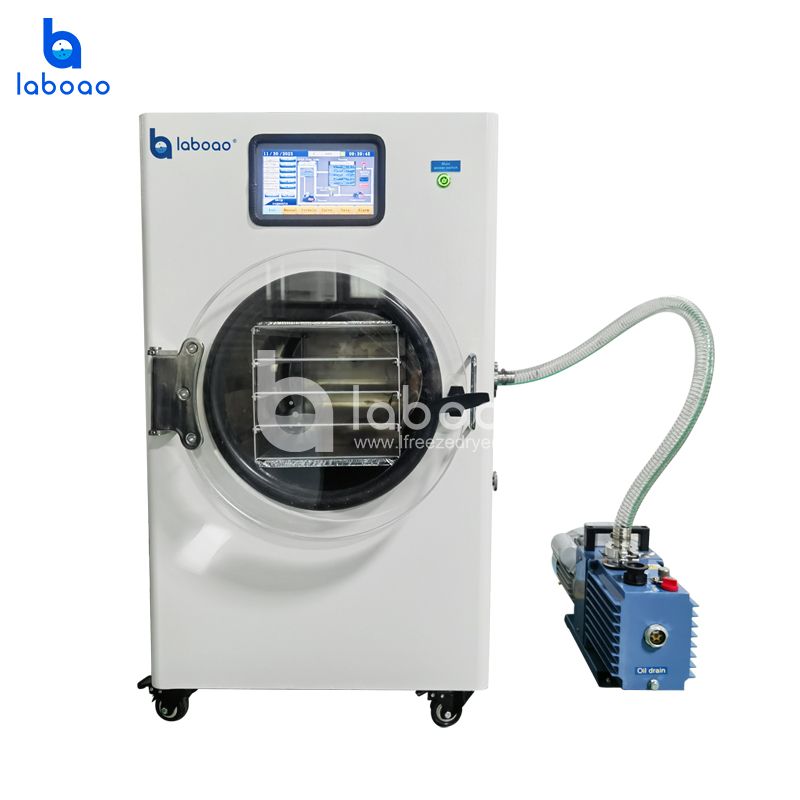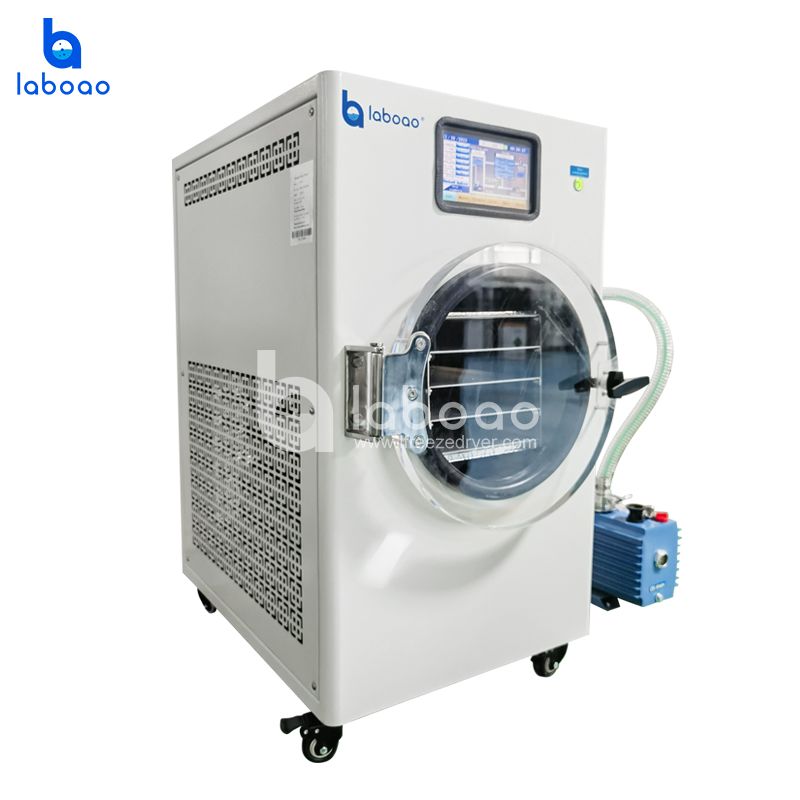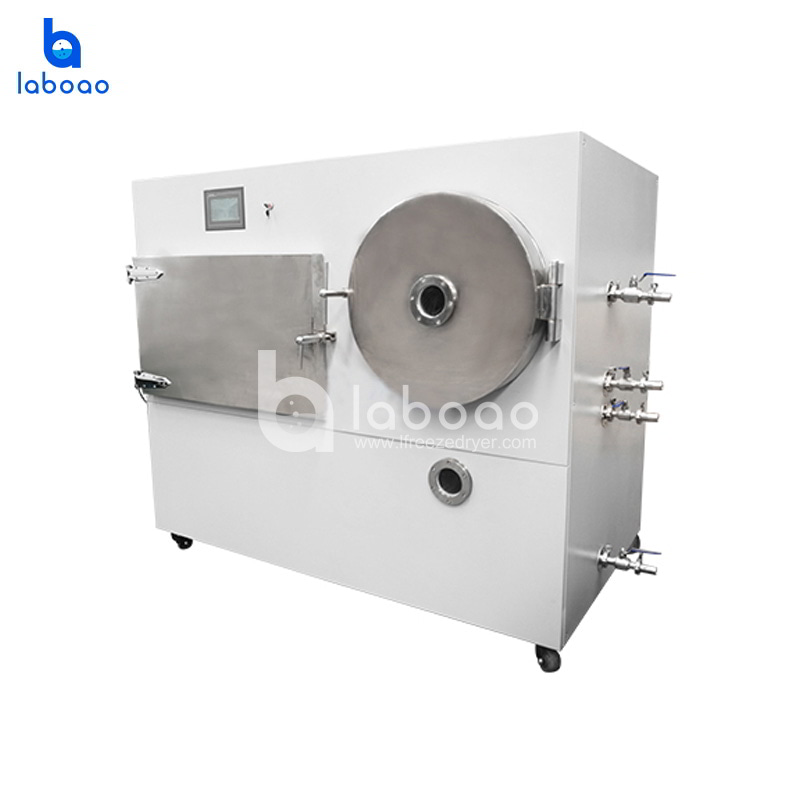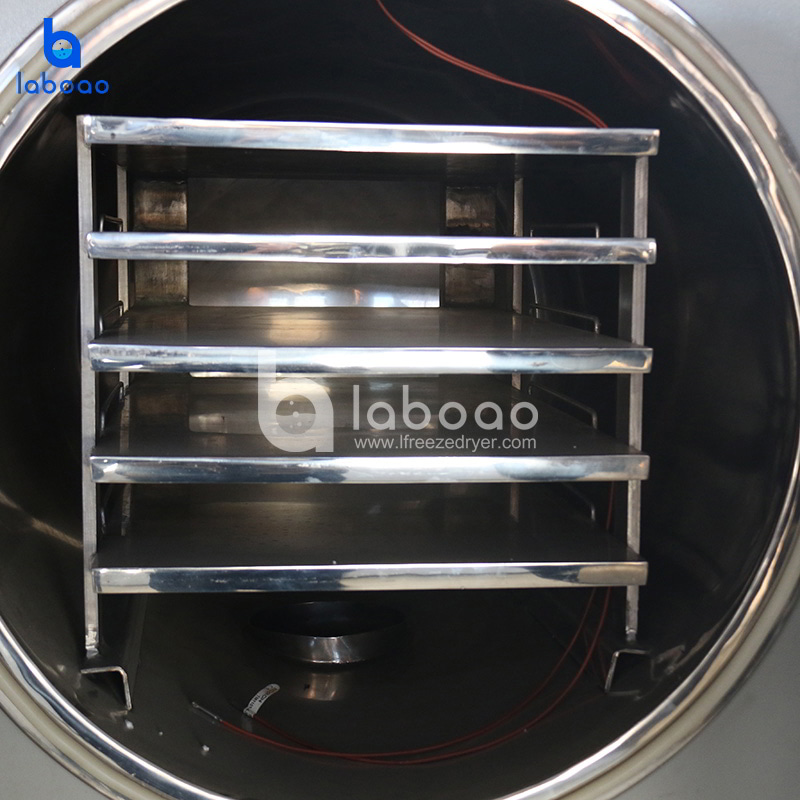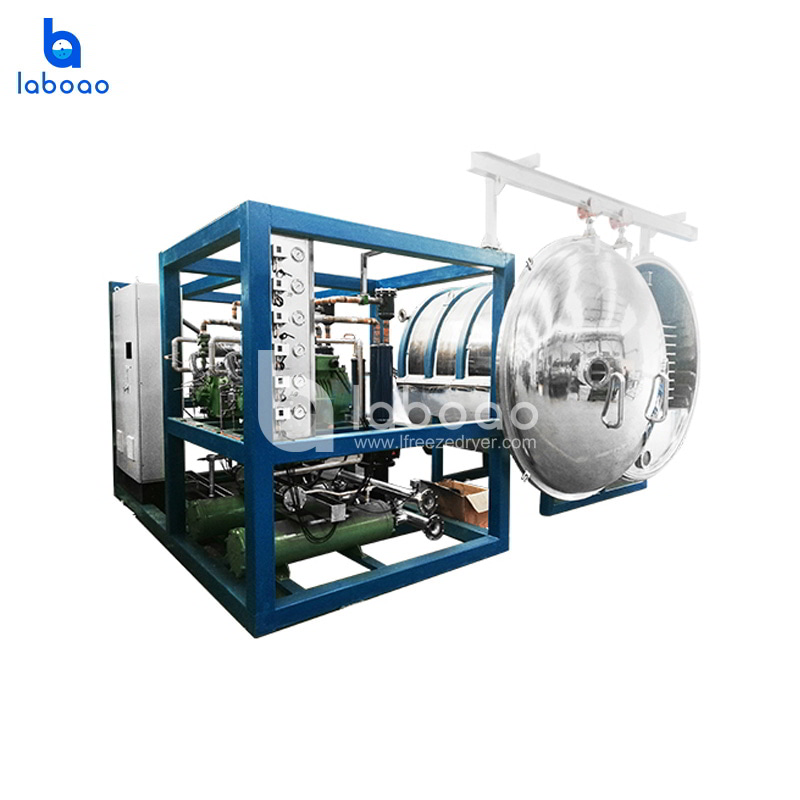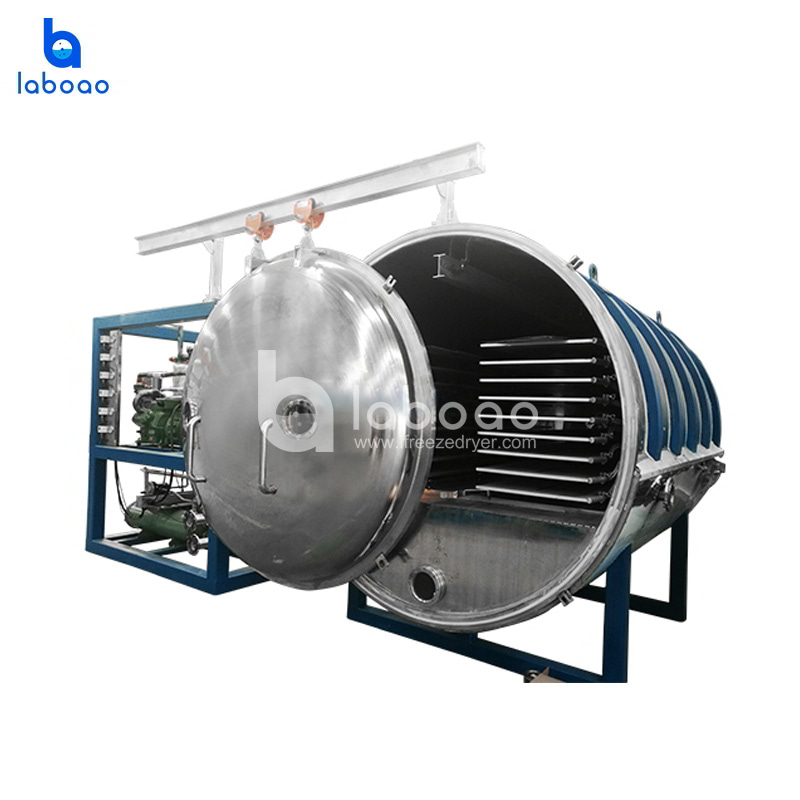
Let's analyze the causes and solutions to the problem:
1. Color difference
The concept of color difference: refers to the phenomenon that the color of the same bottle or the same batch of products is inconsistent after the drug is freeze-dried.
Causes and solutions of color difference:
(1) Color difference may be due to the color of the drug itself or the color produced after freezing. If the color of the middle part is darker, the color difference of the freeze-dried product can be greatly improved by adjusting the freeze-drying curve, combining with air incorporation, and opening the moisture channel of the product.
(2) Some drugs change color as the temperature decreases during freezing, which is a physical phenomenon. The lower the pre-freezing temperature of the product, the more likely it is to produce color difference; an accurate method is used to determine the eutectic point temperature of the product. However, many freeze-dried products are amorphous (such as adding a certain proportion of buffer salts, sucrose and other disaccharides). However, after solidification begins, the temperature needs to be continuously lowered to continue solidification. For such products, the temperature at which the sample is completely frozen (collapse temperature) should be used as the standard, and the pre-freezing insulation temperature of the product should be set to be 5~10℃ lower than the collapse temperature.
(3) The moisture content of the product is too high or the moisture content is unevenly distributed in the product. The solution is to use slow freezing and the product temperature should not be lowered too low, 10℃ below the eutectic point temperature. The sublimation method should be uniform sublimation. Step sublimation is not recommended. Of course, the prescription can also be adjusted to increase the amount of skeleton agent.
(4) Melting occurs during the freeze-drying process of the sample. Solution: Change the freeze-drying curve, increase the heat supply, so that the moisture is basically dried in the first sublimation stage, pay attention to the control of vacuum degree and the level that the cold trap can reach; or extend the analytical drying time based on the original freeze-drying curve to further reduce the moisture content of the product; it may be that the prescription contains a relatively high proportion of inorganic salts, gelatin, etc., which significantly lowers the eutectic point. The first sublimation temperature is too high, causing the product to melt.
2. Layering Layering
Layering Layering: The upper and lower parts are uneven, the upper part is loose and almost does not contain water, and the lower part is relatively dense, which may contain a large amount of water.
Causes and solutions:
(1) The solubility of the drug is low. The drug solution after filling is left for too long or precipitated when the temperature drops. This can be achieved by accelerating the freezing speed or reducing the solute content.
(2) The sublimation temperature (if there is aeration or the aeration method) is inappropriate and the temperature jump is too large, especially when most of the water in the first stage has not been completely removed. The solution is the first sublimation temperature: Generally, we set the primary drying temperature and time. The primary drying temperature and time are correlated. The purpose is to make about 95% of the water in the freeze-dried product sublime. We will mark the water sample of 1.5 times the filling volume. When the water sample of 1.5 times the filling volume is completely sublimated, it can be judged that the primary drying has been completed and enter the secondary analytical drying stage.
(3) It may be due to the deterioration of the performance of the compressor or vacuum pump during the freeze-drying process, which is manifested as the vacuum degree cannot be reduced to an ideal level and the cold trap temperature is not very low (generally, the cold trap temperature should be lower than -65℃ during the freeze-drying process); the solution is to immediately find the cause, repair and maintain the freeze dryer, and replace key components to normalize its performance.
3. Shrinkage
Shrinkage: The drug is separated from the bottle and the drug shrinks.
Causes and solutions:
(1) Shrinkage is divided into shrinkage after leaving the box and shrinkage after storage. There are many reasons for shrinkage after leaving the box, including all cases of stratification.
(2) If it is shrinkage after storage, it may be due to high moisture content. The solution is to control the moisture content of the product and further reduce the moisture content.
(3) If there is no problem with the reconstitution or clinical ratio of this product, it is possible that this product is a very difficult to freeze-dry variety. First produce a qualified sample and then improve it while producing.
(4) If there are problems with the reconstitution or clinical proportion of this product, start by looking for the cause by checking whether the prescription is reasonable. If the prescription is the same as the original research, the freeze-drying curve must be adjusted.
4. Spray bottle
Spray bottle: Spray bottle is formed when the temperature during pre-freezing does not reach below the eutectic point of the product, resulting in an incomplete freezing of the product; or when the temperature rises too quickly during sublimation drying, causing local overheating, causing part of the product to melt into liquid. Under high vacuum conditions, a small amount of liquid sprays out from the surface of the dried solid through the pores.
Causes and Solutions:
The bottle spray phenomenon typically occurs when the product has a low eutectic point. For example, lactose, an amorphous filler, has a eutectic point of -32°C; 10% glucose, -27°C; and trehalose, an amorphous filler, has a eutectic point of -32°C. Pre-freezing can cause the product to not freeze solid, especially in the summer or when the freeze dryer is performing poorly (e.g., when the compressor is underperforming or the compressor cooling water temperature is too high). If the typical freeze-drying curve is followed, for example, if the thermal oil temperature reaches -40°C and the temperature is maintained for 3 hours, the product may not be completely frozen.
Solution for spray bottles: strictly control the pre-freezing temperature. For example, for disaccharides (the eutectic temperature is below -30℃, the pre-freezing temperature should be -45℃, the product temperature should be below -40℃, and the product temperature should reach -45℃ if it is best). If the freeze-dried product contains buffer pairs and has a high solid content, the pre-freezing temperature also needs to be low enough. The general selection principle is that the product temperature is 10℃ below the eutectic temperature and must be maintained for a period of time. Only after the product is frozen can the sublimation operation be carried out. Control the first sublimation temperature. The best heating method is uniform heating. The heat transfer oil temperature should not be set too high before the product water line drops to the bottom (generally, the heat transfer oil temperature should be below 0℃, so as to ensure that the product temperature is lower than the eutectic temperature after the water line drops to the bottom of the bottle). For such varieties, repeated cooling and sublimation can also be used to solve the problem.
